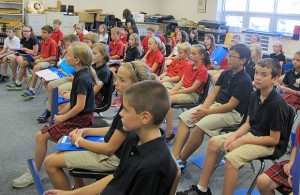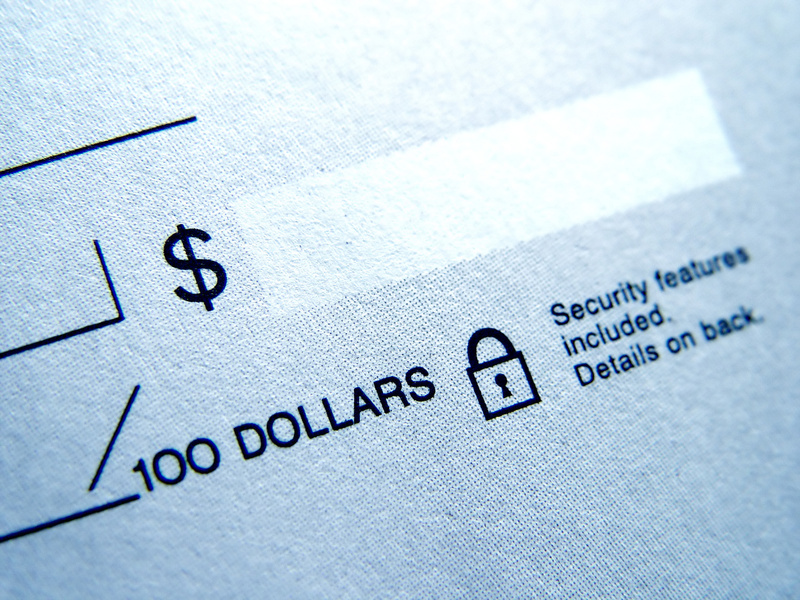Does Indiana Attach Enough Money To Its Private School Vouchers?

Elle Moxley / StateImpact Indiana
Students sing and play music games during choir class at St. Charles Catholic School in Bloomington.
Last session Indiana lawmakers upped the amount students could receive in state-funded tuition vouchers to attend private school.
But proponents of school choice say the new limits — $4,700 this year and $4,800 next year for students in grades K-8 — are still too low to pay tuition at many private schools.
“We don’t give kids the amount of money they deserve,” says Robert Enlow, president of the Friedman Foundation for Educational Choice. “The voucher is only $4,800 in elementary school. You can’t grow a program and help kids and more kids if you’re not going to give them an amount of money that can allow that to happen.”
About half of Indiana students come from families with incomes low enough to receive free or reduced-price meals at school. Enlow says according to the report the Indiana Department of Education released Monday, 75 percent of voucher-recipient students come from low-income families, or about $43,500 for a family of four.
“I’d say this program is still serving serving far more low-income children than the rest of the state,” says Enlow.
Enlow wants to see the state grow the number of private schools participating in the program and provide additional financial resources to students in the form of larger vouchers.
But Indiana University professor Ashlyn Nelson says the maximum voucher amount is already on pace with similar programs elsewhere.“Indiana’s Choice Scholarships — in terms of purchasing power — are more expansive than other, similar types of voucher program operating in Washington, D.C., Ohio and Louisiana currently,” says Nelson, who researches the economics of education. “They’re less expansive than other programs operating in Colorado, North Carolina and Milwaukee.”
But what really separates Indiana’s program is which schools and students can participate — the number of vouchers has doubled in each of the past two years. Nelson says that’s a problem because a significant amount of money is flowing towards low-rated schools.
“I find it highly problematic that the school in Indiana with the highest dollar amount in Choice Scholarships is Ambassador Christian Academy, and that school was rated an F,” she says. “We need some sort of accountability process in place where schools that are rated F or just poorly overall do not end up receiving huge amounts of taxpayer dollars to essentially reallocate students to very low-performing schools.”
Currently schools that receive a D or an F for two consecutive years cannot accept new voucher students, but they can keep the ones who are already attending.
Nelson says that policy is flawed. But choice proponents such as Enlow say parents, not the state, should determine what school is right for their students.
“This shouldn’t be about public versus private,” he says. “It should be about what a kid needs.”

